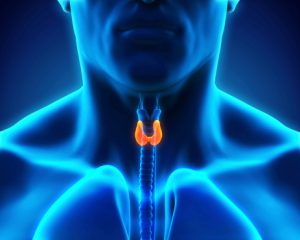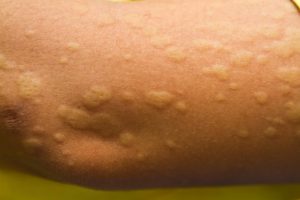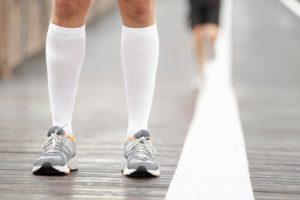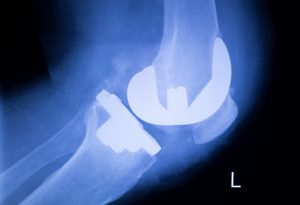The transition from winter to spring can be challenging to your health. The change in seasons often results in an overlap of symptoms that could be either the remnants of a winter cold or the first signs of spring allergies.
While many of the symptoms of colds and allergies are similar, the causes of each are very different.
Colds are contagious and they are contracted when a person is exposed to an individual infected with a cold virus. Our body’s immune system will launch a counter attack against the virus. This response usually brings on the classic symptoms, such as a runny nose or cough.
An allergic reaction is caused by an overactive immune system that mistakes harmless things, such as pollen, and attacks them. To combat what it thinks are germs, your body releases chemicals called histamines as a defense. The release of these histamines can cause a swelling of the nasal passages and result in coughing and sneezing. Allergies are not contagious.
While many of the symptoms are similar, the easiest way to determine if you have a cold or are suffering from allergies is the duration of your condition. While most colds last from three to 14 days, allergies can last for months as long as the person is in contact with the allergen. Other differences are:
- An allergic reaction will begin immediately after exposure to an allergen while cold symptoms usually take approximately three days to appear after exposure
- Colds can sometimes cause fever and body aches while allergies never do
- An allergic reaction can often result in itchy, watery eyes, which a cold rarely produces this type of reaction
Once a determination between cold or allergy is made, the appropriate treatment can be applied.
There is no cure for a cold, but there are medications that can help alleviate the symptoms. Cough syrups, pain relievers, decongestant sprays, or multi-symptom cold relief medicines can all be used to help, but should only be taken after consulting your doctor, especially if you are taking other medications or if you have other underlying health conditions. Drinking plenty of liquids also speeds up the recovery process.
To treat allergies, your doctor may recommend an over-the-counter antihistamine to block the reaction to the allergens. There are many forms of antihistamines and some may cause drowsiness so be sure to look for the non-drowsy formula or only take them at night. Decongestants may also be suggested to relieve nasal congestion and avoid an infection.
If you are not sure if you have a cold or allergies, please speak with your doctor. If you do not have a doctor, Flushing Hospital’s Ambulatory Care Center can help. To make an appointment, please call 718-670-8939.
All content of this newsletter is intended for general information purposes only and is not intended or implied to be a substitute for professional medical advice, diagnosis or treatment. Please consult a medical professional before adopting any of the suggestions on this page. You must never disregard professional medical advice or delay seeking medical treatment based upon any content of this newsletter. PROMPTLY CONSULT YOUR PHYSICIAN OR CALL 911 IF YOU BELIEVE YOU HAVE A MEDICAL EMERGENCY.










